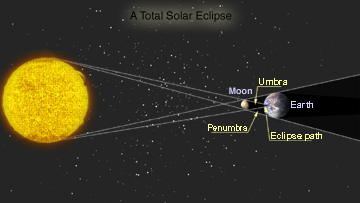This diagram shows the positions of the Sun, Moon, and Earth during a solar eclipse.
Click on image for full size
Windows to the Universe original image
Solar Eclipse on May 31, 2003
News story originally written on June 6, 2003
A solar eclipse could be seen from a small area on Earth on May 31, 2003. Parts of Scotland, the Faeroe Islands, Iceland, and Greenland were within the part of the Moon's shadow that caused the eclipse.
A solar eclipse happens when the Moon passes between the Sun and the Earth. The Moon's shadow darkens a narrow area on our planet. Viewers within the shadow see the Sun disappear behind the Moon for a short while. This eclipse was an unusual "annular eclipse". Because the orbit of the Moon is an oval, not a perfect circle, sometimes the Moon is a little further from Earth. If the Moon is at a far point in its orbit when a solar eclipse happens, the Moon appears a little smaller than usual. When the Moon looks smaller, it is not large enough to completely cover the Sun during the eclipse. During such an annular eclipse, a thin ring of sunlight shines around the edges of the Moon.
If you missed this eclipse, you will have another chance later in 2003. The next solar eclipse will occur on November 23rd. It will be a total solar eclipse, lasting about two minutes. But you may not be in the right place to see it, unless you really like penguins. The eclipse will be visible from Antarctica!
You might also be interested in:
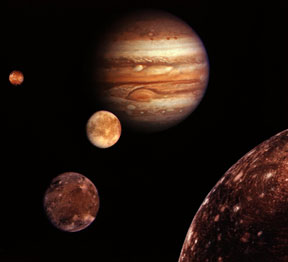
Astronomers have discovered twelve new moons of Jupiter so far in 2003. Jupiter now has a total of 52 moons that we know of. Jupiter, the largest planet in our Solar System, has more moons than any other
...more
On August 27, 2003, Earth and Mars will be closer together than they have been in thousands of years. Mars will pass within 55,758,006 kilometers (34,646,418 miles) from Earth. Astronomers have calculated
...more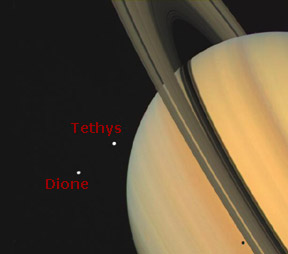
Astronomers have recently discovered nine new moons. The astronomers found eight new moons of Jupiter and one new moon of Saturn. We now know of 60 moons orbiting Jupiter and 31 orbiting Saturn. The new
...more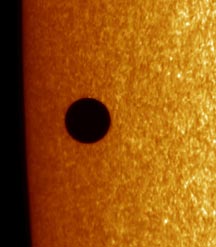
The planet Mercury appeared to cross in front of the Sun on May 7, 2003. Astronomers call the event a transit. A transit is like a solar eclipse. However, a transit occurs when a planet, instead of Earth's
...more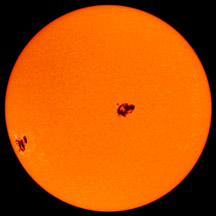
Two very large groups of sunspots have appeared on the Sun. Each of the groups is about as big as the planet Jupiter, which is the largest planet in our Solar System! Sunspots are places on the Sun where
...more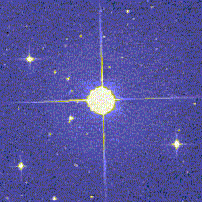
Astronomers have identified another exoplanet, that is, a planet outside our solar system. This makes a total of 102 exoplanets that have so far been found by astronomers! The astronomers that identified
...more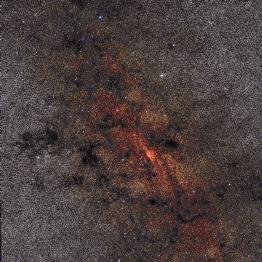
Thanks to a couple of telescopes, everyone on the internet can browse through almost 2 million images. Stars throughout the sky were photographed by the Two-Micron All Sky Survey (2MASS) and are now available
...more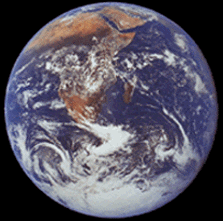
Earth may look perfectly spherical from space, like a giant marble, but it actually isn't! Instead, our planet is wider around the equator because matter is forced out as Earth spins (just as you feel
...more


